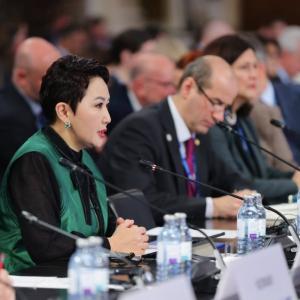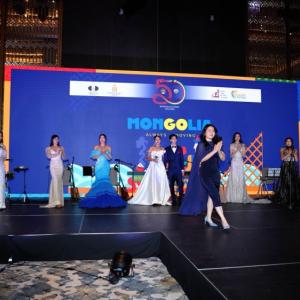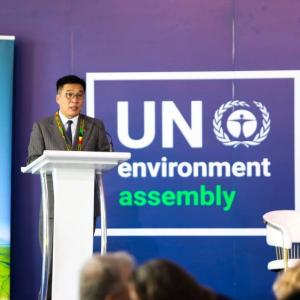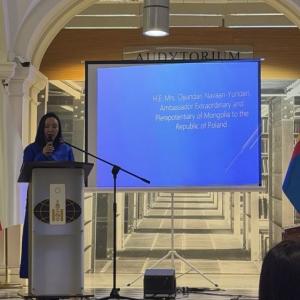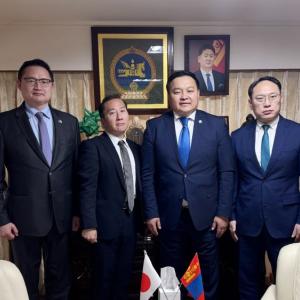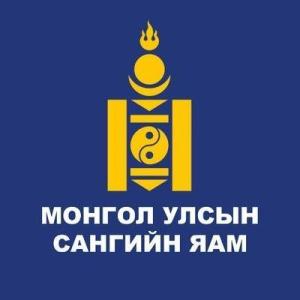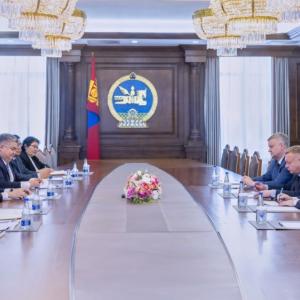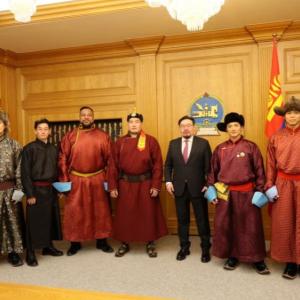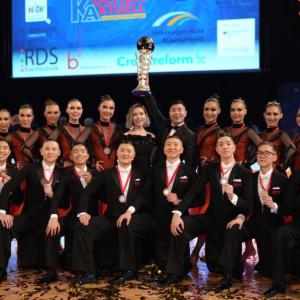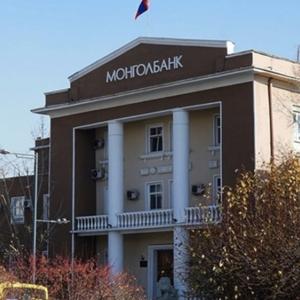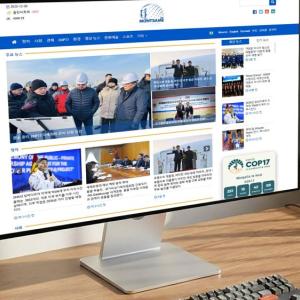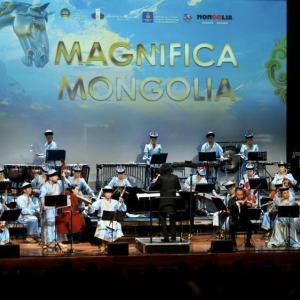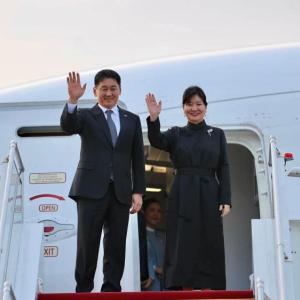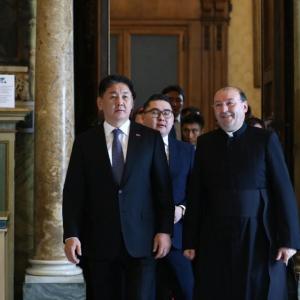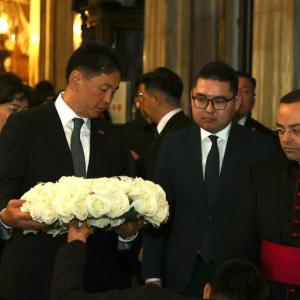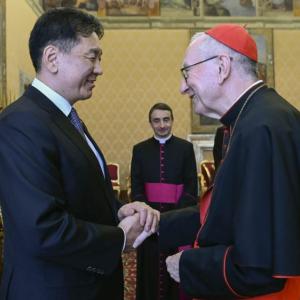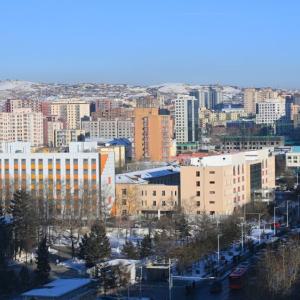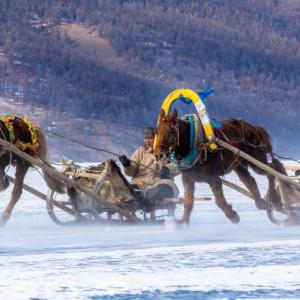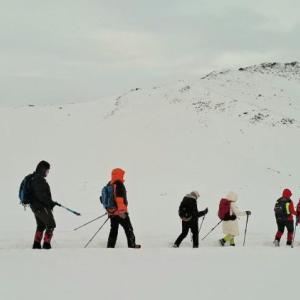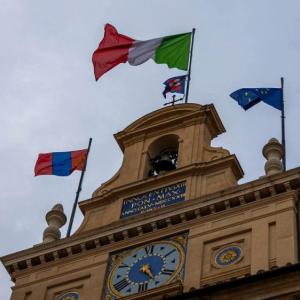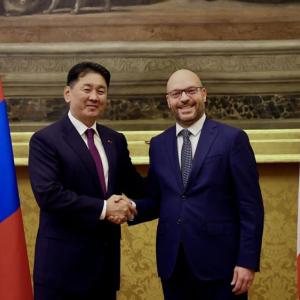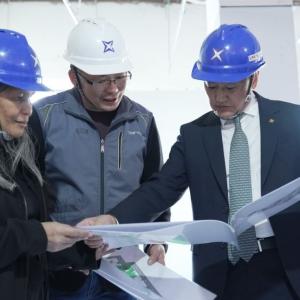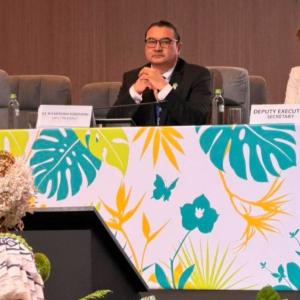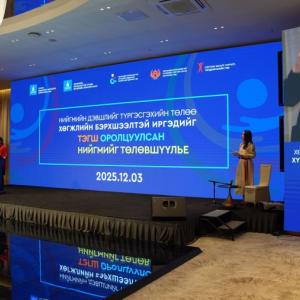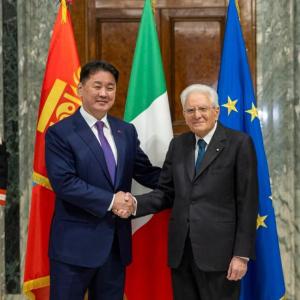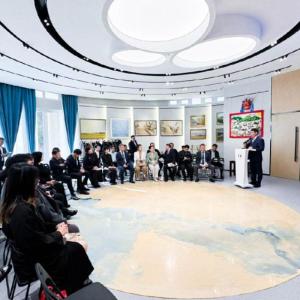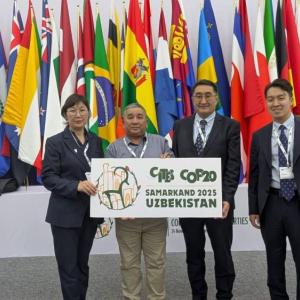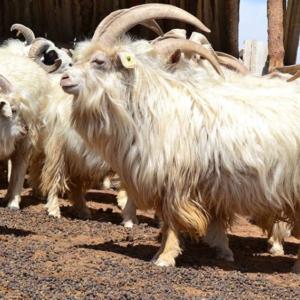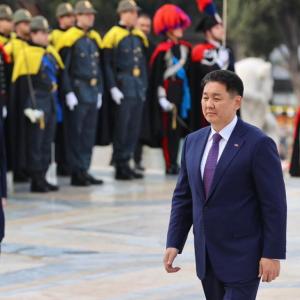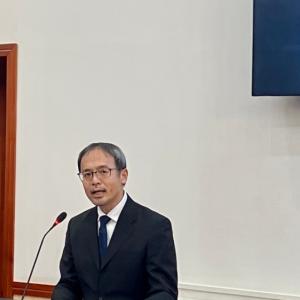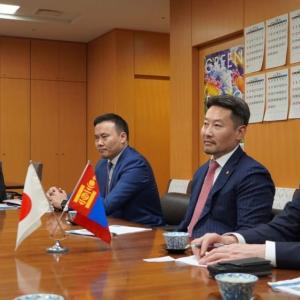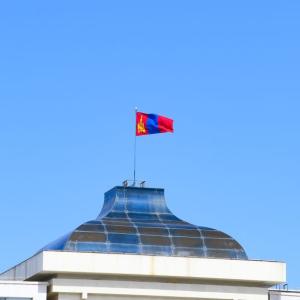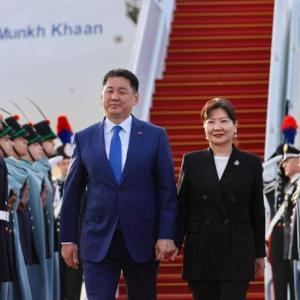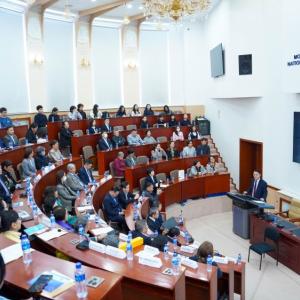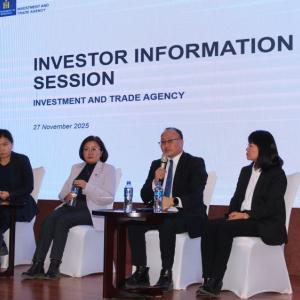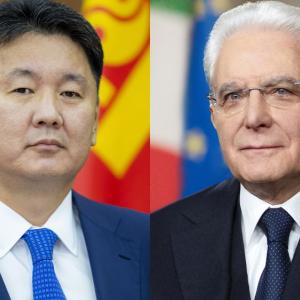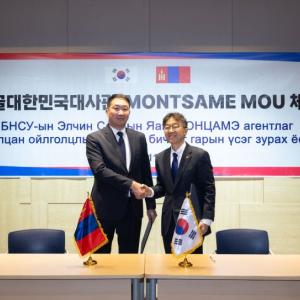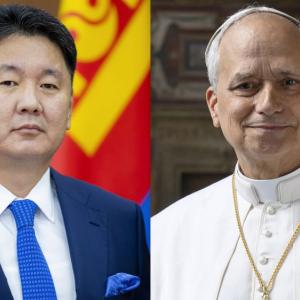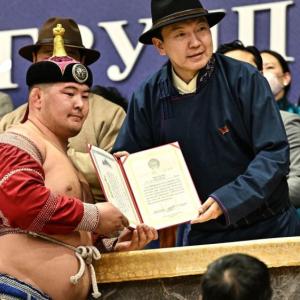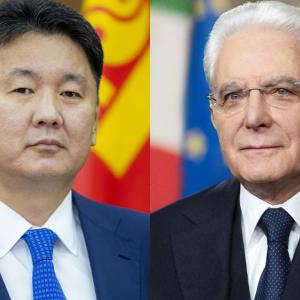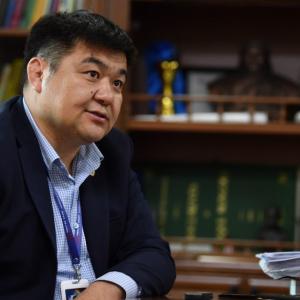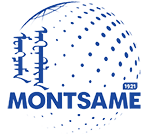Museum of National Idea, National History and National Pride
Society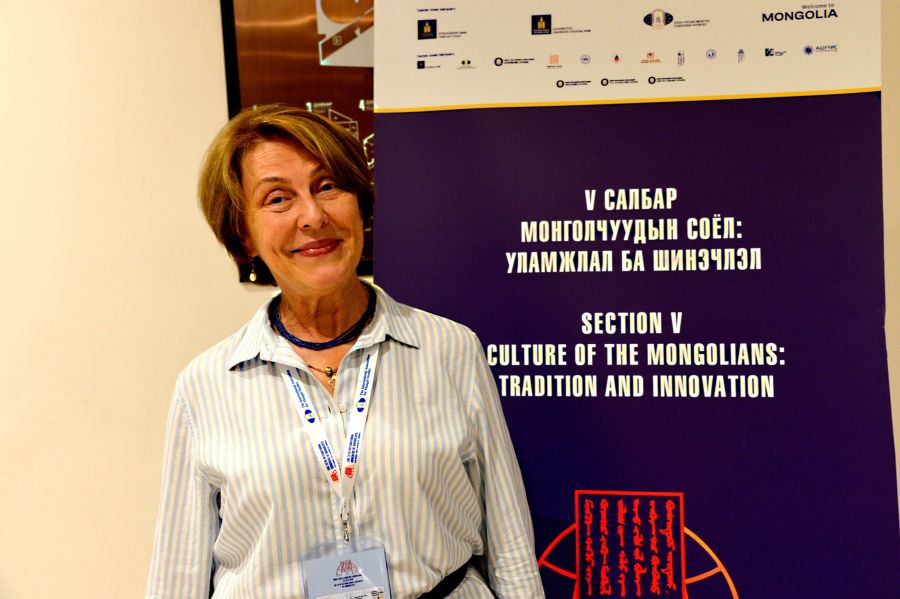
Ulaanbaatar, August 14, 2023
/MONTSAME/. The following is an interview with Ms. Yusupova
Tatiana – Leading Researcher, Doctor of Sciences, Russian Academy of Sciences, Saint
Petersburg Branch of the Institute for the History of Science and Technology.
How
many times have you been visiting Mongolia to attend this event?
I have been working with Mongolian
colleagues for quite a long time, for over twenty years. I am engaged in the history of science, history of archaeology, and history of excavations in Mongolia,
particularly the history of excavations in Noyon-Uul, which was first discovered by
Pyotr Kuzimich Kozlov, Mongolian-Tibetan expedition, in 1923. Some items from
those excavations are displayed here in the Chinggis Khaan National Museum, but the main
items are in the National Museum of History. I see how Mongolia has changed, and how Ulaanbaatar has changed over 20 years. I think this museum of Chinggis
Khaan must have been set up a long time ago. This is the museum of national idea, national history, and national pride.
I
understand it is your ninth congress. What is distinctive about this Congress?
First of all, I would like to stress that the organization of the event is great. In principle, Mongol studies are developing, broadening. Anyhow, Mongol studies are classical, academic disciplines. We are extending the source base, we are adding new facts to historical events, we are studying, and comparing language, folklore etc. Yes, Mongolia today is new, in the 21st century. These are some political situations, some economic issues, but they are a bit far away from the classical Mongol studies. Therefore, I can say what is new about the Mongol studies is a glance at Mongolia in the 21st century from the benchmark of classical Mongol studies.
I was first invited by the prominent Mongolian academician Sh. Bira to the 8th International Congress
of Mongolists in 2002, which was one of the biggest congresses gathering, if I
am not mistaken, over a thousand scholars, a huge representation. That was a
discovery for me indeed, how very extensive the Mongol studies were. That was the
beginning of the millennium, the wave of new times, openness of borders,
openness of Eastern European countries, and openness of Mongolia, which was
attracting great interest. Then in 2005, your prominent archaeologist Erdenebaatar
organized an international conference dedicated to the 80th
anniversary of the Mongolian-Tibetan expedition of Pyotr Kuzimich Kozlov and
excavation in the famous Noyon-Uul. We first met in Ulaanbaatar, then went to
Noyon-Uul and the conference itself took place in Sukhbaatar, where there were representatives of Hungary, Germany, the United States, and France. I was really
impressed by seeing the place where Kozlov had worked, I saw what barrows and Hunnu elite burials looked like. In 2006 there was a consecutive congress of
Mongolists. In 2008 I was invited by the Russian Embassy in Mongolia to attend
the conference on Russian-Mongolian cooperation together with Russian diaspora. In Mongolia in December that year it was minus 38 degrees. I was full of anxiety when coming,
but it turned out minus 38 degrees in Mongolia, with high sun and blue sky was
completely normal. In other places with high humidity even minus 15 degrees is
very nasty.
Dr.
Yusupova was awarded the highest civilian award
Mongolia presents to a foreign citizen, the Order of the Polar Star by the President
of Mongolia Khurelsukh Ukhnaa for her valuable contribution to the Mongol
Studies alongside a dozen of other Mongolists.
At the 12th International Congress of Mongolists, Dr. Yusupova delivered a presentation titled "Experience in Visualizing the History of the Country: Mongolia in Photographs Series". Academician S. Chuluun initiated a compilation of 10 volumes of photographs and Dr. Yusupova was one of the co-authors.
“The ten
volumes of the series contain about two and a half thousand photographs of Mongolia and the Mongols, made from 1879 to
1936. Their authors were people of different nationalities, cultures, social
affiliations, and professional activities: Russians, British, Danes, and Norwegians;
scientists and businessmen, a diplomat and missionaries, a hunter, and an engineer; men
and two women. The purposes of their stay in Mongolia were also different:
scientific research, work, trade, and just a desire to get to become acquainted
with the unknown country, its people, and its culture. For some, photography was a
tool for scientific research, for others it was a way of transferring new geographical,
ethnographic, and mental knowledge.”
“Quite often,
they photographed the same objects, events, landscapes, similar routine daily life scenes.
However, despite the apparent plot similarity of the pictures, they are all
different, because they are filled with the emotions and moods of certain people at a specific historical moment. Each of them created his own image of
Mongolia, and all together they created a collective, very vivid photo portrait
of the country at the end of the 19th - the first third of the 20th centuries.
Readers have a unique opportunity to learn the details of the Mongols' everyday life and get acquainted with their cultural and religious tradition, and Mongolia's natural landscapes. In addition, the photographs testify socio-political events and changes in the country, reflect its international links and relations with its neighbors – Russia and China.”
We present some of the photos of the “Mongolia in Photographs” series.
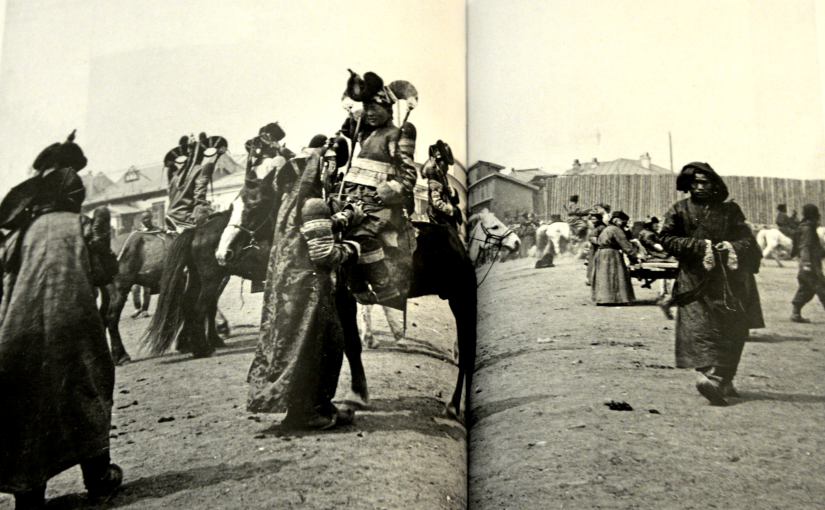
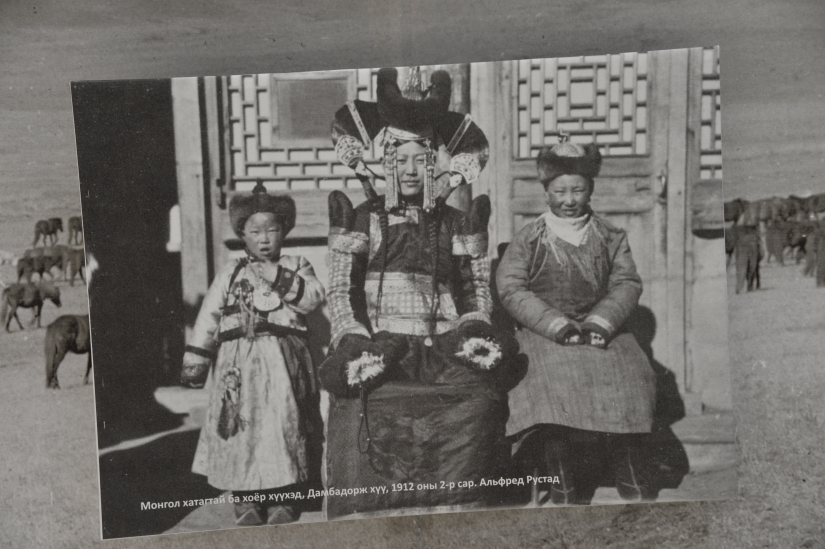
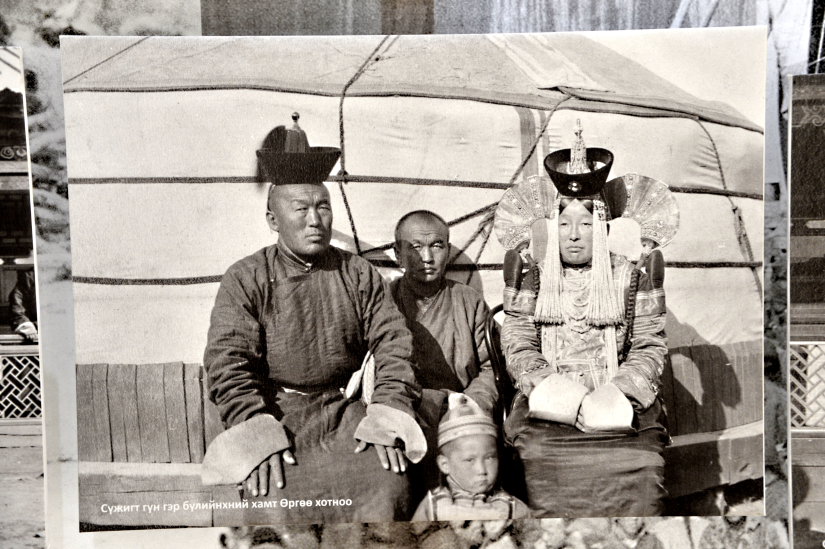


 Ulaanbaatar
Ulaanbaatar





